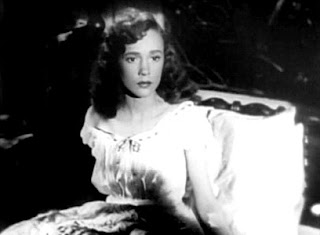Story and Art: Junji Ito
Rating: Ten of Ten Stars

Horror comics are virtually impossible to do well. Most are either silly monster stories or are simply tales with twist endings ala "Tales from the Crypt" or the original "House of Mystery." Few are ever actually SCARY the way a well-made horror film or a well-crafted horror novel or short story is.
This three-volume graphic novel series is an exception to that general rule. In "Uzumaki," creator Junji Ito has taken what seems on the face of it to be goofy--a town cursed by evil spirals that are driving the population insane--and turned it into a vehicle for comic books that deliver genuine chills.
An example of the masterful execution of this book is when the narrator and her boyfriend are sitting in a doctor's office with the boyfriend's mother, who has become obsessed with removing all spirals from her body--fingerprints are spirals, so they must be removed; her hair curls, so it must be removed--and they spot an anatomy chart that shows a person's inner ear... and the spiral it contains. The reader actually shares the shock and horror of the characters as they try to make sure the insane woman doesn't see the chart and then proceed to attempt to tear out her inner ear. It's an exceptionally well-done bit of graphic storytelling.
I highly recommend this book if you're a fan of horror. Heck, I even recommend it if you're the kind of person who claims to hate Japanese comics. Ito's style shows only a few of the "stereotypical" manga elements and actually put me in mind of a number of Italian and English comic book artists who specialized in romance or sci-fi comics during the Seventies and Eighties.

























.jpg)
